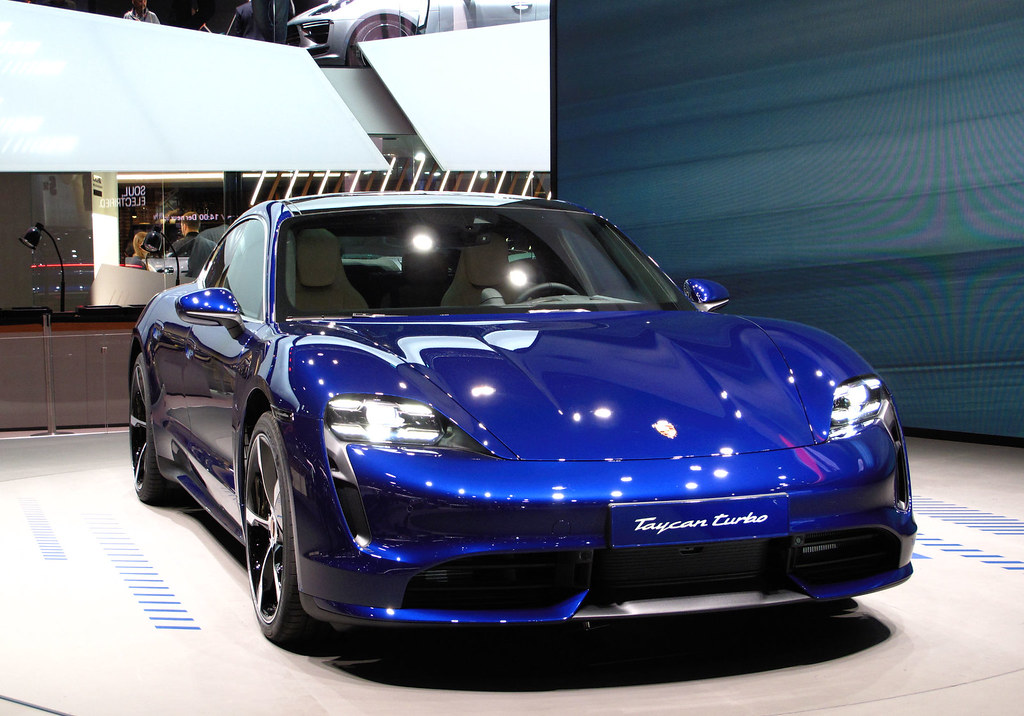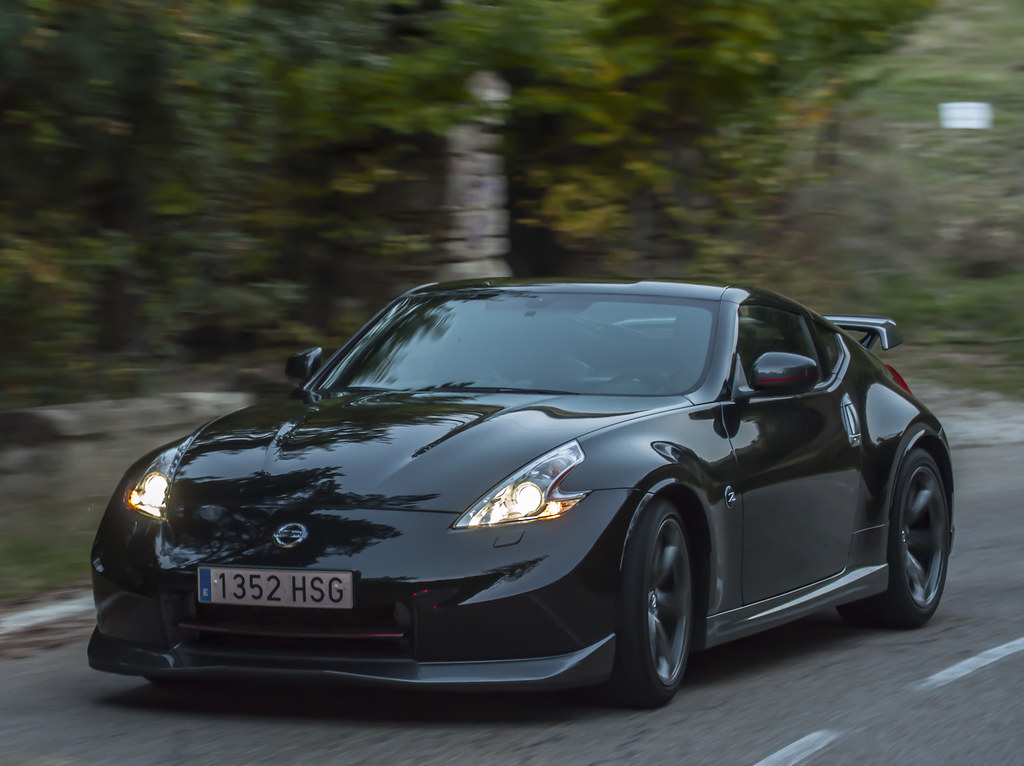Are you ready for an electrifying ride that marries the old and the new in harmony? The Xiaomi SU7 is revving up to make waves in the electric vehicle (EV) market, and it’s not just because of its sleek exterior that whispers hints of Porsche Taycan inspiration. This groundbreaking EV from Xiaomi, a titan in the consumer electronics arena, is about to redefine what we expect from car interiors and connectivity, proving that innovation and tradition can indeed coexist beautifully. Buckle up as we take a deep dive into what makes the Xiaomi SU7 a game-changer in the EV world.
At first glance, the SU7 might just seem like another contender in the rapidly expanding EV market. However, a closer look reveals that Xiaomi has cleverly designed this car with a unique feature aimed at bridging the gap between touchscreen aficionados and those who pine for the tactile feedback of physical buttons. The magic lies within its modular center screen, which, according to Xiaomi CEO Lei Jun, will ship with magnetic and physically pin-locked connection points unattached. This innovative approach allows for a user-installed row of hard keys and switches to snap in below the screen, offering a customizable interface that can adapt to the driver’s preferences.

The notion of modularity extends beyond just the interface. The SU7’s interior design is a testament to Xiaomi’s forward-thinking, integrating the car with the user’s digital life in unprecedented ways. Imagine seamless connectivity with Xiaomi-branded phones and gadgets, along with add-on hardware elements that can either enhance comfort or extend functionality. This level of integration and customization is a clear nod to the evolving demands of modern drivers, who seek a driving experience that’s not only about getting from point A to point B but also about how seamlessly their digital and physical worlds can blend.
But Xiaomi’s ambition doesn’t stop there. The SU7 is set to take on the luxury EV market with gusto. With its range-topping Xiaomi SU7 Max boasting a twin-motor all-wheel-drive setup delivering a whopping 664hp and 838Nm of torque, it’s quicker than the vaunted Taycan Turbo. This performance, coupled with cutting-edge features like a Boost mode, Launch Control, active aero, and adjustable rear wings, positions the SU7 as a formidable competitor in the high-performance EV segment.
What’s equally impressive is how Xiaomi has addressed one of the modern car owner’s biggest gripes: ‘screen fatigue.’ As we move towards more digitalized interiors, the backlash against touchscreen-dominant dashboards has grown. Xiaomi’s solution? A blend of the old and the new. The docking unit that attaches to the center screen is a simple, yet brilliant, solution to the touchscreen versus physical button debate, giving drivers the best of both worlds without compromising on interior aesthetics.
The SU7’s debut is more than just the launch of a new car; it’s a statement from Xiaomi that they’re ready to challenge the status quo in the EV market. Scheduled for official release on March 28, 2024, the SU7 has already garnered significant attention, with over 100,000 people making appointments to view the car. It’s clear that Xiaomi is not just dipping its toes in the EV market but diving in headfirst with a product that challenges established norms and offers a fresh perspective on what an EV can be.
Beyond the car itself, what Xiaomi is doing with the SU7 could signal a broader shift in the automotive industry. The ability to customize and upgrade the car’s interface with physical add-ons is a novel approach that could inspire other manufacturers to rethink how they design car interiors.
The Xiaomi SU7 is not just another electric car. It’s a bold step into the future of driving, blending cutting-edge technology with a nod to the past. With its innovative approach to customizable interfaces, seamless digital life integration, and stellar performance, the SU7 is poised to shake up the EV market. As we await its official launch, one thing is clear: the future of driving looks exciting, and it comes with the option of adding physical buttons below its touchscreen.




